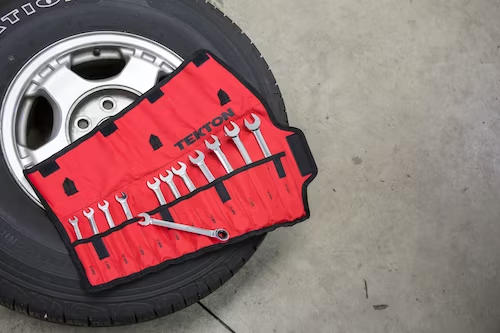Welcome to the exciting world of wheels! If you’re considering upgrading the wheels on your car, you’re about to embark on a journey that can enhance both the aesthetics and performance of your vehicle. With a plethora of options available, it’s crucial to delve into the diverse types of wheels and determine which ones are the best fit for your specific car. In this article, we’ll navigate through the various aspects of wheel selection, from materials to sizes, helping you make an informed decision that perfectly complements your vehicle’s style and functionality.

Understanding Wheel Variety Diverse Materials and Their Impact
When it comes to wheels, variety is the spice of life. There’s an array of materials, sizes, and designs to choose from, each catering to different preferences and needs. The choice of material significantly affects your car’s performance and appearance. You’ll find options ranging from durable steel to lightweight aluminium alloy, each with its advantages. Steel wheels offer resilience but might weigh more, while aluminium alloy strikes a balance between strength and weight. Additionally, chrome-plated or magnesium alloy wheels offer durability and visual flair, providing options for those who want both aesthetics and performance.
Size matters and wheel diameter is a critical consideration. Different vehicle types and models have designated standard wheel sizes, so understanding your car’s specifications is pivotal. A larger diameter can provide improved aesthetics and performance, but you need to ensure compatibility with your car’s design and wheel well dimensions.
You can shop wheels online Australia with autocraze to find you perfect wheels.

Taking a Closer Look at Technical Factors
Technical aspects play a pivotal role in optimising your wheel selection. Wheel width, offset, and backspacing are crucial factors that influence both appearance and performance. The right wheel width ensures proper tire fitment and alignment, preventing issues like rubbing against brake components or instability at high speeds.
Offset is another critical consideration. It dictates how far the wheel’s mounting surface is from the hub assembly’s mounting surface. This affects handling and acceleration, so understanding the right offset for your car is essential.
Ensuring proper fitment involves deciphering bolt patterns. These patterns, often referred to as bolt circles or lug patterns, dictate the number of lugs and their spacing. Accurate measurement or checking your vehicle’s hub for markings will help you identify the correct bolt pattern, ensuring a secure fit.
Balancing Budget and Quality
Budget considerations are crucial when selecting wheels, and striking a balance between price and features is essential. Assess the features that matter to you most, whether it’s lightweight materials, design aesthetics, or performance enhancements. Understand that each material comes with its unique advantages and costs, so align your budget with your priorities.
Comparison shopping is made easier by utilising online tools. Visit manufacturers’ websites or stores to gather pricing details, keeping an eye out for discounts or special offers. Additionally, online price-comparison websites provide a comprehensive view of products, their costs, availability, and customer reviews, aiding you in making an informed decision.
Harmonizing Style and Finish
Selecting wheels isn’t just about performance; it’s also about style. When integrating new wheels into your car’s design, it’s important to ensure they complement your vehicle’s existing features. Harmonise the colour palette and finish, whether warm wood tones or cool metal hues, to create a cohesive look. Subtle hints of accent colours can tie the look together seamlessly.
Texture plays a role as well, with fabrics like velvet conveying luxury and leather offering durability. Analyse traffic in the area where your car will be used – tougher materials like leather or microfiber might be better suited for homes with children or pets.
Ensuring Proper Fitment & Avoiding Compatibility Issues
Proper fitment is crucial to the success of your wheel upgrade. Test fitting is an essential step often overlooked by many. Before purchasing, compare wheel sizes and bolt patterns to ensure compatibility. Securely mount the wheel onto your car’s hub using the proper tools, rotating it to inspect all sides for any issues. This step minimises the risk of purchasing wheels that don’t align correctly with your vehicle’s specifications.
Installation
Installing new wheels requires a systematic approach to ensure safety and performance. Begin by selecting the appropriate size, type, and brand of wheels for your car. Inspect each component for damage, replace any faulty parts, and familiarise yourself with the manufacturer’s guidelines. Proper assembly ensures a smooth and secure installation process.
Conclusion
In conclusion, choosing the right wheels for your car involves a comprehensive understanding of various factors. From materials and sizes to technical specifications and compatibility, every aspect contributes to the overall performance and aesthetics of your vehicle. By conducting thorough research, evaluating your needs and preferences, and following manufacturer instructions during installation, you can enjoy the benefits of upgraded wheels that enhance both the look and performance of your car. So, embark on this journey with confidence, and let your choice of wheels reflect your unique style and driving experience.